Human Impact
This note collects information about substantial human or anthropogenic impacts on the Earth system and the environment including the civilizational collapse or existential threats that result from this.
For an overview:
Wallace-Wells, David. The Uninhabitable Earth: Life After Warming. New York: Tim Duggan Books, 2019.
The Role of Religion
Western religions in particular are to blame.
White, Lynn. ‘The Historical Roots of Our Ecologic Crisis’. Science 155, no. 3767 (1967): 1203–7. https://doi.org/10/cvdcsj.
Bitcoin
By 2018 bitcoin produced as much CO2 per year as one million transatlantic flights.
Bitcoin’s energy usage is huge – we can't afford to ignore it
It also produced some 20 times more CO2 that gold mining.

Bitcoin Energy Consumption Index by Digiconomist
Biomass
Ninety-six percent of the world’s mammals, by weight, are now humans and their livestock; just four percent are wild.
Humans ≈36% and livestock ≈60% of total mammal biomass today—leaving wild mammals at only ~4% (the “4%” refers to mammals, not all vertebrates).
Bar-On, Yinon M., Rob Phillips, and Ron Milo. “The Biomass Distribution on Earth.” Proceedings of the National Academy of Sciences 115, no. 25 (2018): 6506–11. https://doi.org/10/cp29.
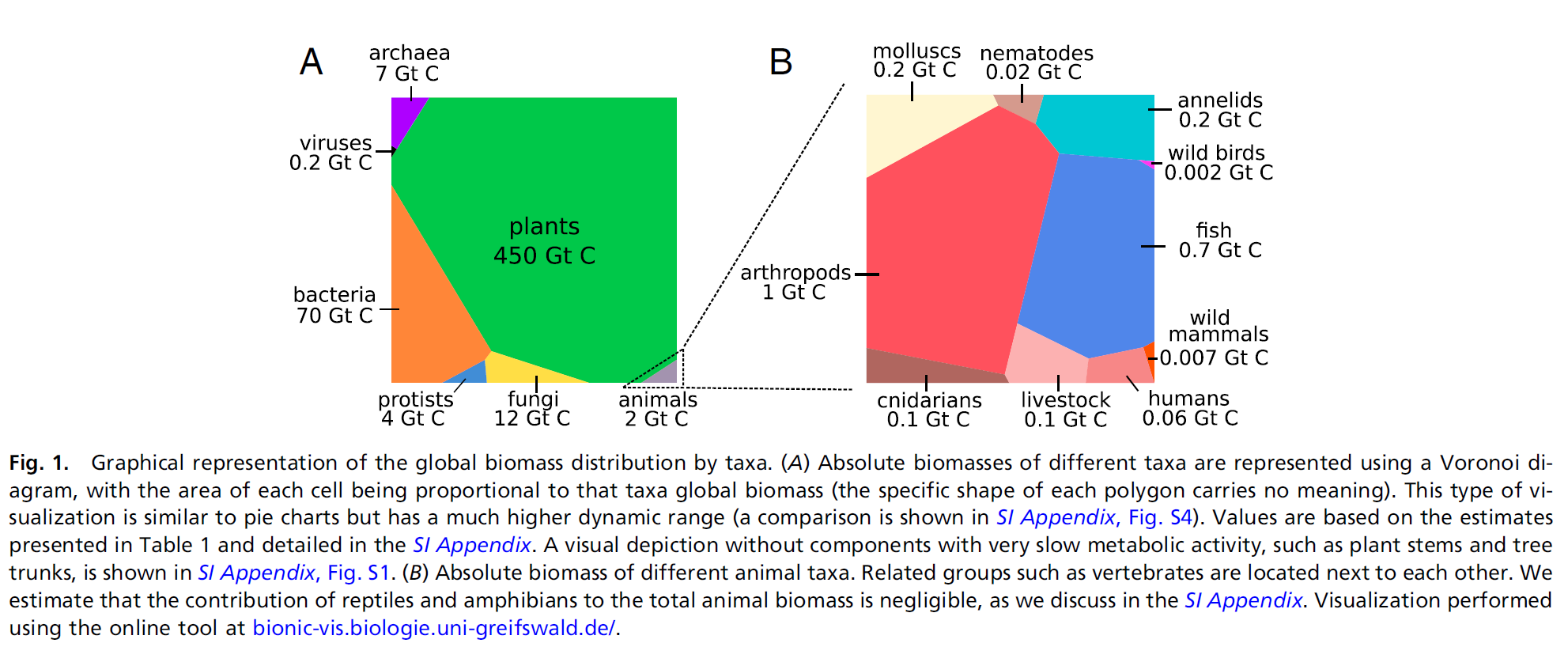
70-80 billion chickens are slaughtered every year.1 Domesticated poultry (dominated by chickens) account for about 2.5-3 times the biomass of all wild birds (i.e. more than half of the total bird biomass).
Historical
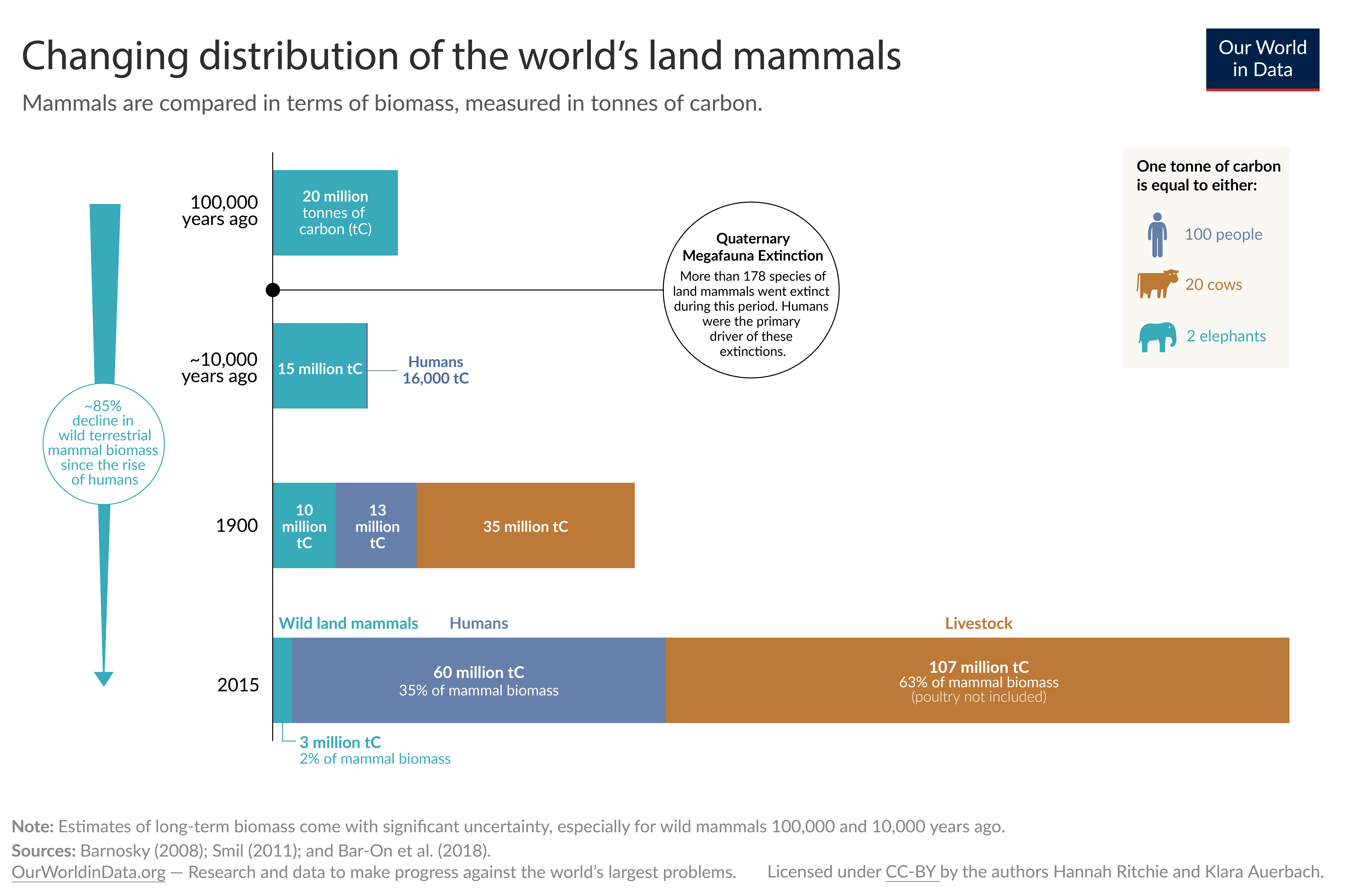
Wild mammals make up only a few percent of the world’s mammal biomass
There is a ≈85% decline in wild mammal biomass since the rise of humans. "Total global wild mammal biomass (in carbon units) is now estimated to be seven teragrams (Tg; 106 tonnes) carbon, a factor of six smaller than its value (40 Tg) in the Late Pleistocene, 100,000 years ago, and this decline continues at a rapid rate2."3
Note that ≈5 million tonnes of carbon got lost in the period from 100,000 to 10,000 years ago and another 5 to 1900, when humans used "traditional" methods.
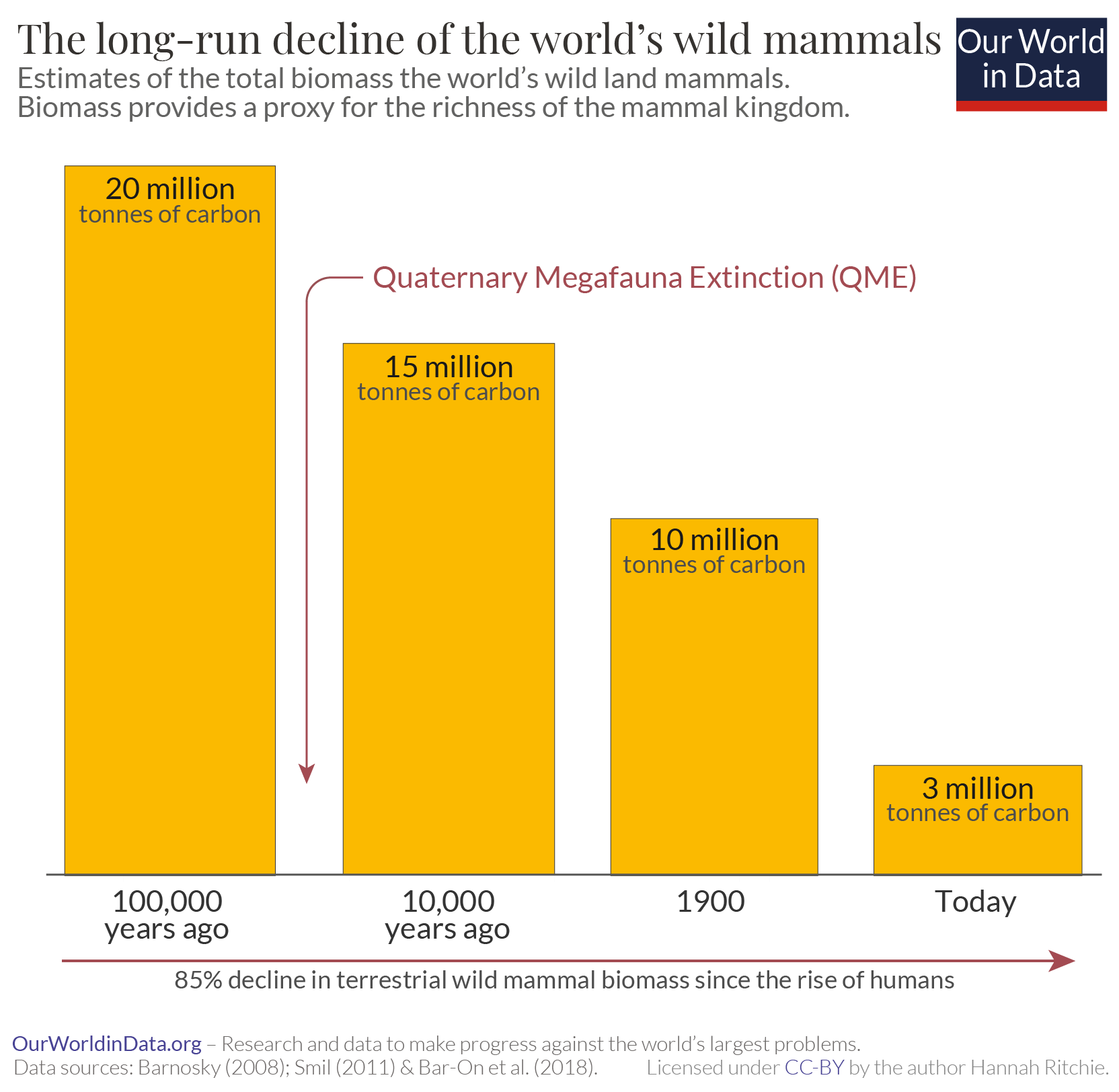
Lake Kanapoi, Kenia as the first home of humanity as the first site of hominin-induced extinctions. 4 million years ago, animals like otters, bears, giant civets who occupied a niche similar to human relatives and ate mussels, plants as well as meat and thus occupied the same niche as hominins went extinct. Only obligatory meat eaters like big cats and hyenas survive.
J. Tyler Faith et al., “The Uncertain Case for Human-Driven Extinctions Prior to Homo Sapiens,” Quaternary Research 96 (2020): 88–104, https://doi.org/10/gnm6h9.
Lars Werdelin and Margaret E. Lewis, “Temporal Change in Functional Richness and Evenness in the Eastern African Plio-Pleistocene Carnivoran Guild,” PLOS ONE 8, no. 3 (2013): e57944, https://doi.org/10/f22hfz.
Thomas Halliday, Otherlands: A World in the Making (London: Allen Lane, 2022).
Redistribution
Half of all species are moving to new locations.
Pecl, Gretta T., Miguel B. Araújo, Johann D. Bell, Julia Blanchard, Timothy C. Bonebrake, I-Ching Chen, Timothy D. Clark, et al. “Biodiversity Redistribution Under Climate Change: Impacts on Ecosystems and Human Well-Being.” Science 355, no. 6332 (2017): eaai9214. https://doi.org/10/f9xmpm.
Human-Made Mass
Human-made mass is not larger than all biomass.
Elhacham, Emily, Liad Ben-Uri, Jonathan Grozovski, Yinon M. Bar-On, and Ron Milo. ‘Global Human-Made Mass Exceeds All Living Biomass’. Nature 588, no. 7838 (2020): 442–44. https://doi.org/10/fmzv.
Landmass
Twenty-two percent of the earth’s landmass was altered by humans just between 1992 and 2015.
95% of total surface has been modified by humans.
Global Development Risk Assessment
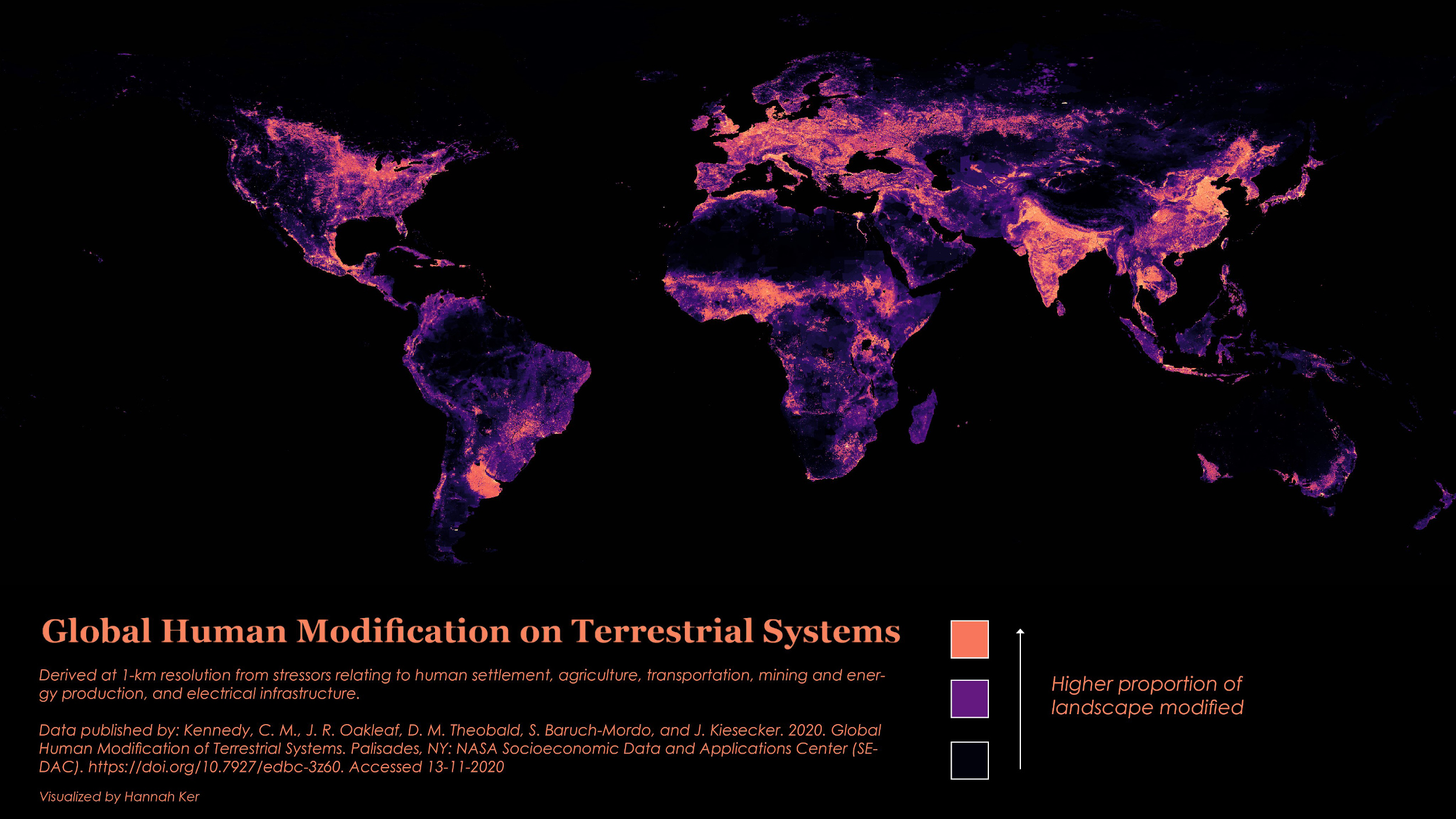
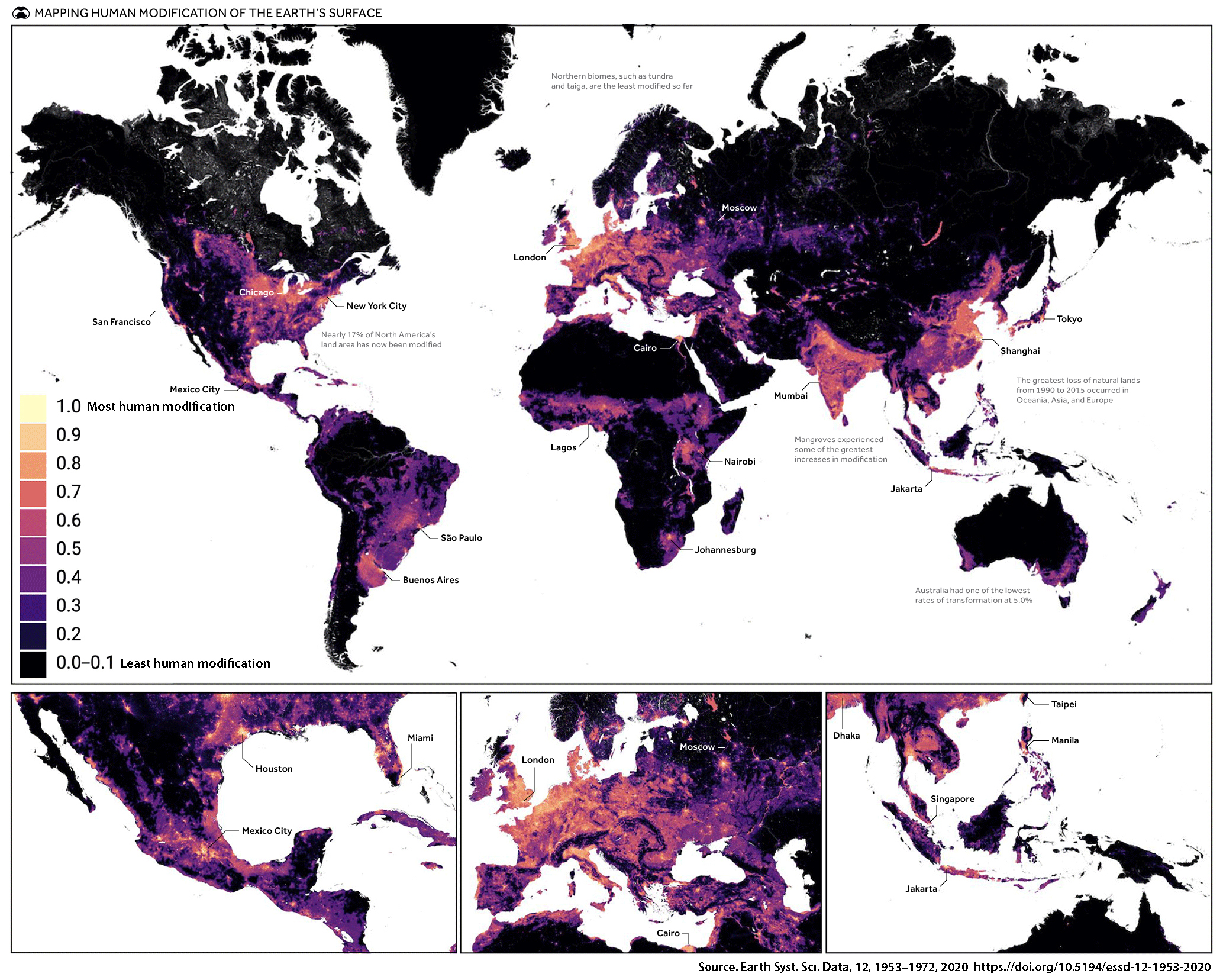
Mapped: Human Impact on the Earth's Surface
Interactive Map at the Earth Engine
Species
"Even under the most optimistic scenarios, by the year 2080 hundreds of millions of species will need to migrate to new regions and even new continents in order to survive."
Dunn, Rob R. A Natural History of the Future: What the Laws of Biology Tell Us About the Destiny of the Human Species. New York: Basic Books, 2021.
More than one in four species on Earth now faces extinction, and that will rise to 50% by the end of the century unless urgent action is taken.
Percent of species in critical risk of extinction
Species counter
Materials
Human-made materials are now equal in weight to all life on Earth. Human-made materials now equal weight of all life on Earth (nationalgeographic.com)
Biodiversity
"Over the past 50 years (1970–2020), the average size of monitored wildlife populations has shrunk by 73%, as measured by the Living Planet Index (LPI). This is based on almost 35,000 population trends and 5,495 species of amphibians, birds, fish, mammals and reptiles. Freshwater populations have suffered the heaviest declines, falling by 85%, followed by terrestrial (69%) and marine populations (56%)."
WWF. Living Planet Report 2024: A System in Peril. Gland: World Wide Fund for Nature, 2024.
Cardinale, Bradley J., J. Emmett Duffy, Andrew Gonzalez, David U. Hooper, Charles Perrings, Patrick Venail, Anita Narwani, et al. ‘Biodiversity Loss and Its Impact on Humanity’. Nature 486, no. 7401 (2012): 59–67. https://doi.org/10/nnp.
Poultry (and mostly chicken) make up some 70% of bird biomass on the planet.
Bar-On, Yinon M., Rob Phillips, and Ron Milo. ‘The Biomass Distribution on Earth’. Proceedings of the National Academy of Sciences 115, no. 25 (2018): 6506–11. https://doi.org/10/cp29.
Construction
Cement and Concrete
If the cement industry were a country, it would be the third largest emitter in the world. 8% of global emissions.
Q&A: Why cement emissions matter for climate change - Carbon Brief
Concrete needs to lose its colossal carbon footprint
China produced more in the 3 years up to 2018 than the US in the 20th century.
The Crushing Environmental Impact of China’s Cement Industry
Human Wellbeing
Agricultural revolution and the invention of civilisation were major setbacks in human health and wellbeing. Modern humans are more sick and short than 'prehistoric' humans, with smaller brains. From the viewpoint of individual happiness, the "agricultural revolution" was, in the words of Jared Diamond, "the worst mistake in the history of the human race". Evolution has no interest in happiness per se: it is interested only in survival and reproduction, and it uses happiness and misery as mere goads.
How have we changed since our species first appeared?
Harari, Yuval N. Sapiens: A Brief History of Humankind. Toronto: Signal, 2014.
Scott, James C. Against the Grain: A Deep History of the Earliest States. New Haven: Yale University Press, 2017.
95% of human history left almost no visible marks. This puts mark making, including design and architecture into perspective as forms of clear harm.

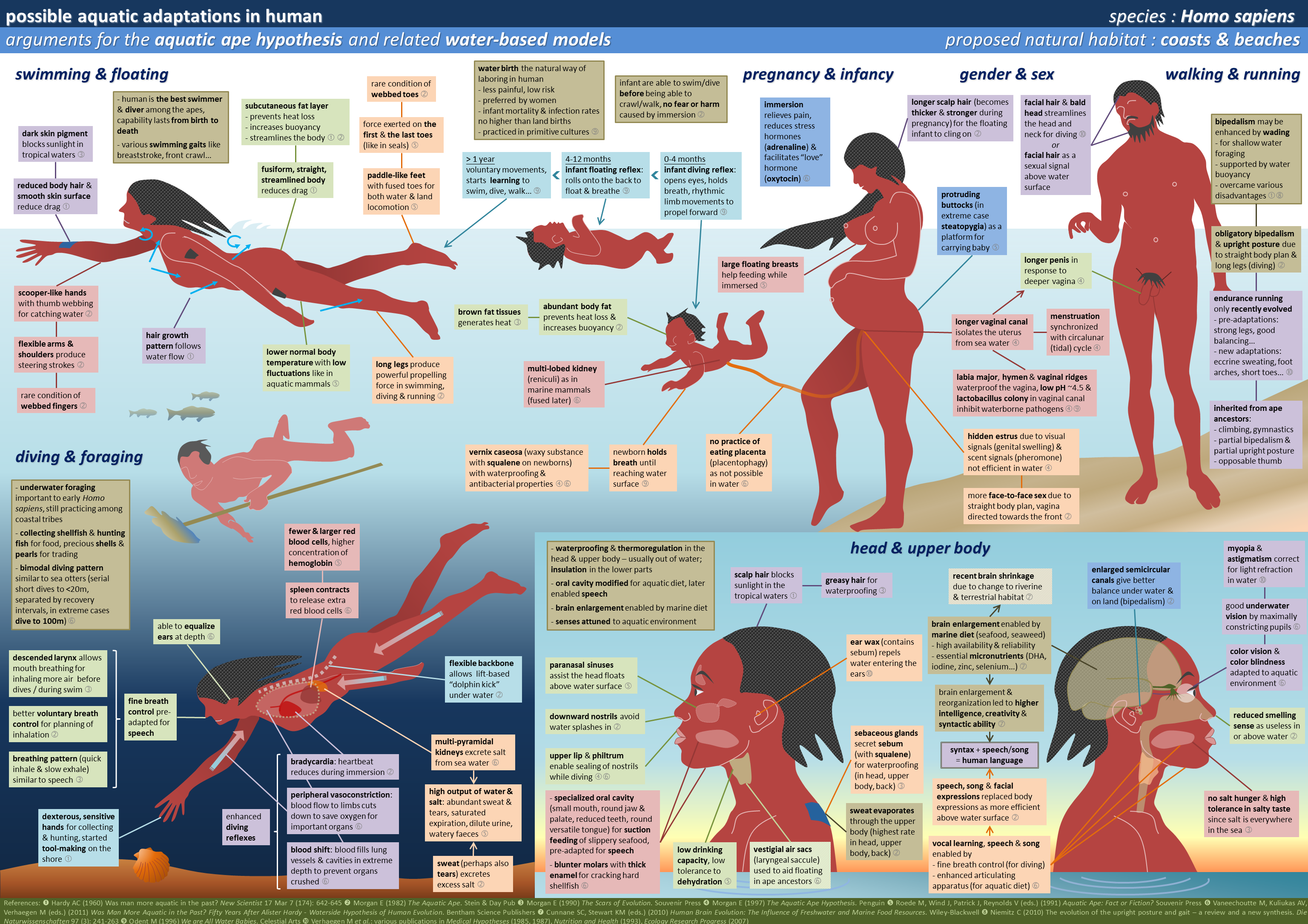
Early Modern Human Lifestyle and Culture
Growth and Impact
Smil, Vaclav. Energy and Civilization: A History. Revised. 1994. Reprint, Cambridge, MA: MIT Press, 2017.
Smil, Vaclav. Growth: From Microorganisms to Megacities. Cambridge, MA: MIT Press, 2019.
Smil, Vaclav. Harvesting the Biosphere: What We Have Taken from Nature. Cambridge, MA: MIT Press, 2013.
Smil, Vaclav. Should We Eat Meat? Evolution and Consequences of Modern Carnivory. Chichester: Wiley-Blackwell, 2013.
Effects
Extinction of clouds

A World Without Clouds | Quanta Magazine
Schneider, Tapio, Colleen M. Kaul, and Kyle G. Pressel. “Possible Climate Transitions from Breakup of Stratocumulus Decks Under Greenhouse Warming.” Nature Geoscience 12, no. 3 (2019): 163–67. https://doi.org/10/c223.
More lightning, e. g., more by 50 percent by 2100 in the continental United States, Arctic lightning and the fire risk for the permafrost carbon
Chen, Yang, David M. Romps, Jacob T. Seeley, Sander Veraverbeke, William J. Riley, Zelalem A. Mekonnen, and James T. Randerson. “Future Increases in Arctic Lightning and Fire Risk for Permafrost Carbon.” Nature Climate Change 11, no. 5 (02021): 404–10. https://doi.org/10/gnq7xp.
Romps, David M., Jacob T. Seeley, David Vollaro, and John Molinari. “Projected Increase in Lightning Strikes in the United States Due to Global Warming.” Science 346, no. 6211 (2014): 851–54. https://doi.org/10/w5k.
Need for Conservation
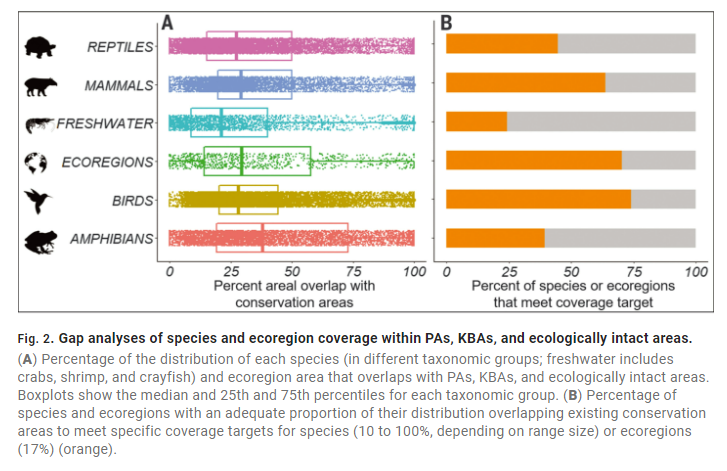
James R. Allan et al., “The Minimum Land Area Requiring Conservation Attention to Safeguard Biodiversity,” Science 376, no. 6597 (2022): 1094–1101, https://doi.org/10/gp8vcc.
Australia
Woinarski, John C. Z., Andrew A. Burbidge, and Peter L. Harrison. “Ongoing Unraveling of a Continental Fauna: Decline and Extinction of Australian Mammals since European Settlement.” Proceedings of the National Academy of Sciences 112, no. 15 (2015): 4531–40. doi:10/f7cw2c.
Subnotes
Footnotes
Butterworth, A., Ingrid de Jong, Joy A. Mench, Lotta Berg, and Mohan Raj. Broiler Chickens Welfare in Practice. Essex: 5m Books, 2021.˄
Dirzo, Rodolfo, Hillary S. Young, Mauro Galetti, Gerardo Ceballos, Nick J. B. Isaac, and Ben Collen. “Defaunation in the Anthropocene.” Science 345, no. 6195 (2014): 401–6. https://doi.org/10/f6bqbw.˄
Malhi, Yadvinder, Tonya Lander, Elizabeth le Roux, Nicola Stevens, Marc Macias-Fauria, Lisa Wedding, Cécile Girardin, et al. “The Role of Large Wild Animals in Climate Change Mitigation and Adaptation.” Current Biology 32, no. 4 (2022): R181–96. https://doi.org/10/g933bz.˄
Backlinks